Summary
The reservoir is located in a scenic area surrounded by mountains, making it a popular destination for hiking, camping, and wildlife viewing.
To catch trout at the Soup Bowl Reservoir, fishing enthusiasts should try using lures or bait that mimic the natural food sources in the water, such as insects and smaller fish. The best time to fish is usually in early morning or late evening, when the trout are most active. Anglers can also try casting near drop-offs or submerged structures, where the fish are likely to be hiding.
The best time of year to visit the Soup Bowl Reservoir fishing area is during the spring or fall, when the temperatures are cooler and the fish are more active. Average temperatures during these seasons range from the mid-40s to mid-60s Fahrenheit.
In addition to fishing, visitors to the area can enjoy hiking the nearby trails, exploring the surrounding wilderness, and observing wildlife such as deer and elk. The reservoir is also a popular spot for picnicking and camping, with several campgrounds located nearby.
Overall, the Soup Bowl Reservoir fishing area offers a great opportunity for anglers to catch trout in a beautiful and secluded location. With the right techniques and gear, fishermen can enjoy a successful day on the water and take in the natural beauty of the area.
Weather Forecast
Nearby Streamflow Levels
Angling Safety Guidelines
Check local fishing rules, seasons, size limits, and license requirements to ensure legal and sustainable angling.
Handle Fish Responsibly
Use wet hands, minimize air exposure, and release fish gently to improve survival rates when practicing catch-and-release.
Choose the Right Gear
Match your rod, line, and tackle to the species and conditions to increase success and reduce unnecessary harm to fish.
Respect the Waterway
Avoid disturbing habitat, prevent bank erosion, and keep a safe distance from spawning areas to protect ecosystems.
Keep It Clean
Pack out all line, hooks, bait containers, and trash—discarded gear can injure wildlife and degrade waterways.
Related Links
Area Campgrounds
| Location | Reservations | Toilets |
|---|---|---|
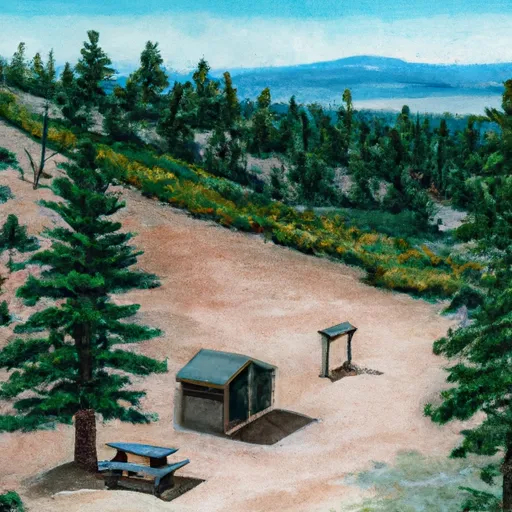 Seely Creek Guard Station
Seely Creek Guard Station
|
||
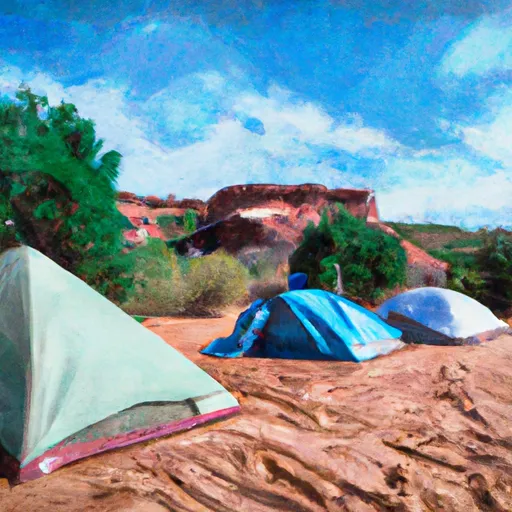 Orange Olsen Dwelling
Orange Olsen Dwelling
|
||
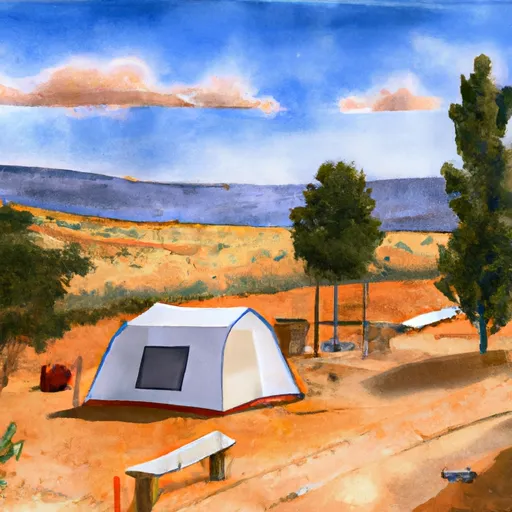 Orange Olsen Cabin
Orange Olsen Cabin
|
||
 Upper Joes Valley Campground
Upper Joes Valley Campground
|
||
 Joes Valley Campground
Joes Valley Campground
|
||
 Joes Valley - Seely
Joes Valley - Seely
|

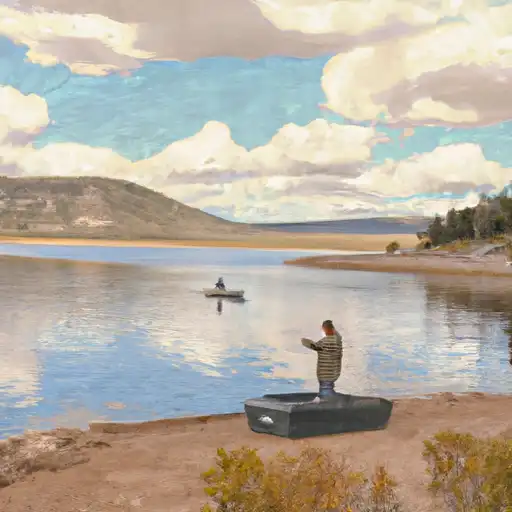 Petes Hole Reservoir
Petes Hole Reservoir
 Petes Hole
Petes Hole
 Academy Mill Reservoir
Academy Mill Reservoir
 Grassy Lake Fishing Site
Grassy Lake Fishing Site
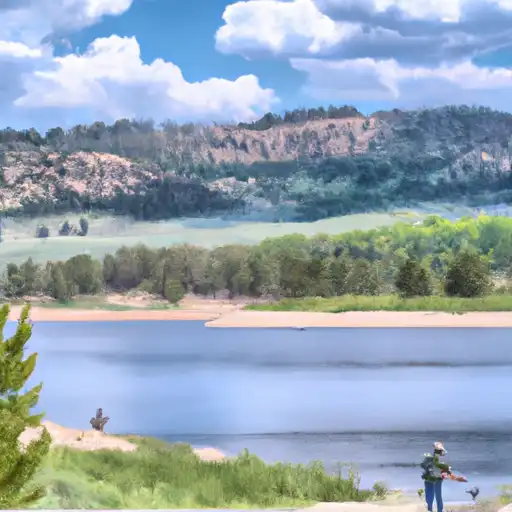 Loggers Fork Reservoir
Loggers Fork Reservoir
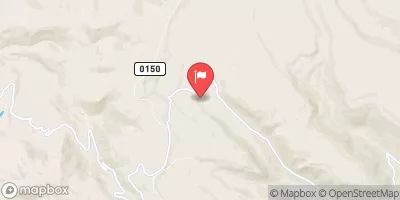
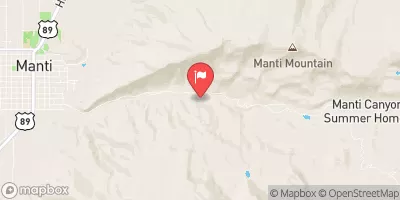
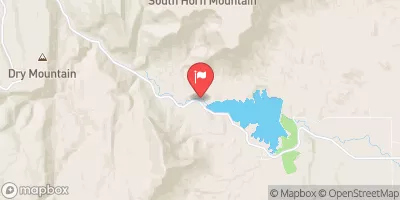

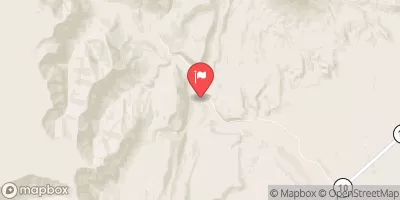
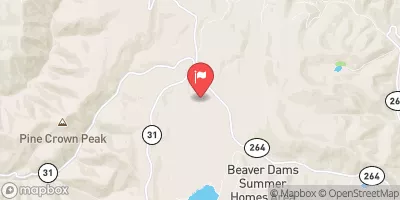
 Grassy Lake
Grassy Lake
 Snow College Sports Complex
Snow College Sports Complex
 White Hills State Wildlife Area
White Hills State Wildlife Area
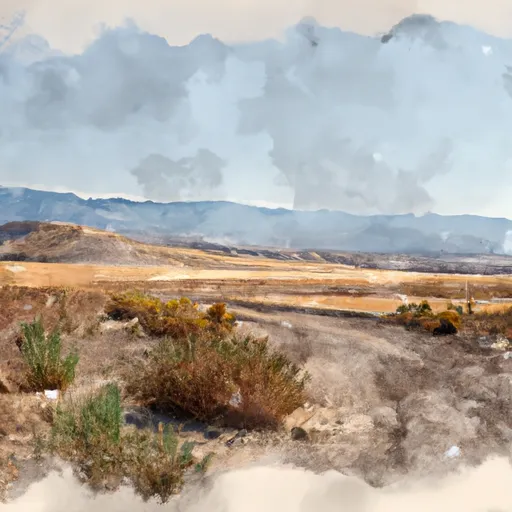 Mainti Face State Wildlife Area
Mainti Face State Wildlife Area